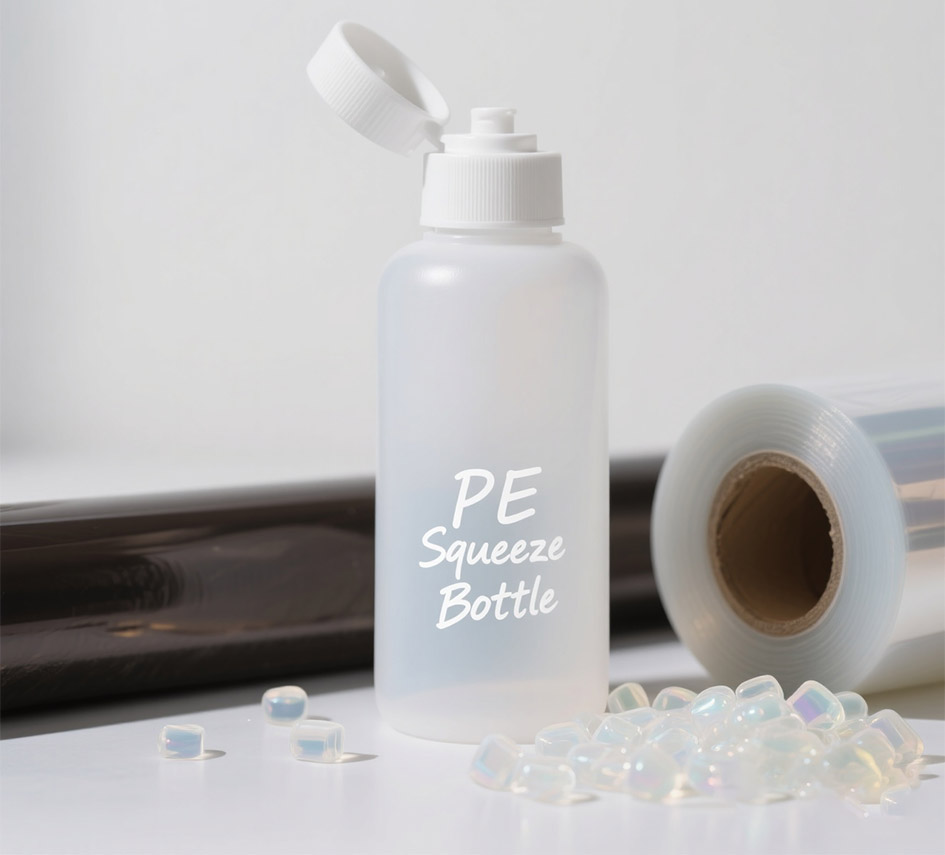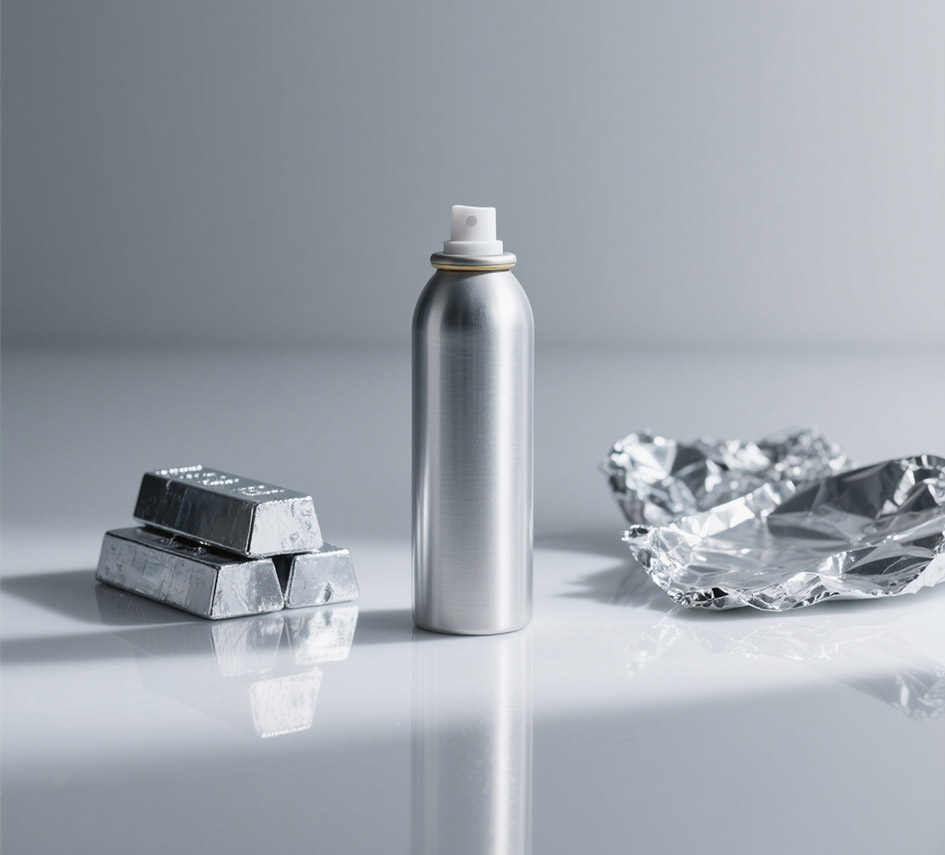
Within today's environment
{In today's climate-sensitive context, the necessity of sustainable packaging solutions is surging. Three prevalent polymers in packaging are PE compound, polypropylene (PP), and PET material. Each compound offers unique characteristics that make it ideal for multiple applications. Polyethylene is a bendable plastic often used in envelopes, while polypropylene is known for its hardiness and is commonly found in cases. PET, on the other hand, is lucid and featherweight, making it a popular choice for drink containers.
{When picking sustainable packaging, it's crucial to evaluate factors such as the recoverability of the fabric, its environmental impact, and its competence.
Advantages of PET Packaging in Food and Beverage
{PET shells have become a popular choice for the food and beverage industry due to their numerous boons. One key upshot is its lightweight nature, which translates to reduced freight costs and a smaller carbon footprint. PET is also sustainably processable, making it an environmentally considerate option. Furthermore, its transparent nature allows for product visibility, enticing consumers and enhancing brand advertisement.
- What's more, PET's durability protects items from damage during handling and maintaining, ensuring freshness and quality.
- As a result of its barrier properties, PET effectively halts the entry of moisture, oxygen, and infiltrants, preserving product flavor and safety.
In general, PET shells offer a effective solution for the food and beverage industry, combining cost-effectiveness with nature-positive considerations.
PP Wrapping: Adaptability and Robustness for Retail Items
{Polypropylene films, commonly known as PP, has emerged as a leading choice for consumer goods due to its exceptional versatility and durability. It attributes make it ideal for a wide range of applications, from food packages to household products. The inherent strength of PP provides excellent protection against impact, scraping, ensuring the integrity of the product throughout its lifecycle. Furthermore, PP's durability to withstand a variety of temperatures and environmental conditions makes it suitable for both indoor and outdoor use.
- PP packaging offers a high level of recoverability, minimizing its environmental effect.
- Developers often utilize PP to create lightweight and compact packaging solutions, reducing transportation costs, and promoting green practices.
- The smooth surface of PP makes it easy to print on, allowing for clear and vibrant product entitling.
All things considered, PP packaging's combination of durability, versatility, and sustainability has firmly established it as a preferred choice for protecting and presenting consumer goods in today's market.
Aluminum metal's in Premium and Protective Packaging
{Aluminum has emerged as a staple material in the domain of premium and protective packaging. Its inherent properties make it an ideal choice for safeguarding items during transport and storage. Aluminum's robustness provides exceptional cover against ambient factors such as moisture, oxygen, and light, ensuring product integrity and extending shelf life. Furthermore, aluminum's artistic appeal contributes to the premium image of packaged goods, enhancing brand fame.
Contrasting Characteristics of PE, PET, PP, Aluminium
{Various plastics and metals possess distinct particular characteristics that influence their applications. Polyethylene polymer, commonly known as PE, is renowned for its flexibility and low cost, making it suitable for packaging and carriers. Polyethylene terephthalate commonly referred to as PET exhibits high hardiness and clarity, fitted in beverage bottles and textiles. Polypropylene plastic, or PP, demonstrates hardiness and chemical resistance, making it ideal for items like containers and automotive parts. Aluminum, a metallic substance, stands out due to its remarkable conductivity and recyclability, contributing to applications ranging from cans to construction materials.
Eco-Friendly Alternatives: Biodegradable and Compostable Options
{In today's society, it's more necessary than ever to cut down our impact on the planet. One way to do this is by opting for environmentally safe alternatives to customary products. Biodegradable and compostable options offer a exceptional solution to trash problems. These materials decompose naturally over time, returning valuable nutrients to the soil.
- Exemplars of biodegradable and compostable products encompass food wrappers, bags, and even apparel.
- By choosing these paths, we can protect natural resources and establish a more earth-friendly future.
Upgrades in Flexible Packaging: PE Films and Laminates
{The flexible packaging industry endlessly strives to develop innovative solutions that meet the evolving demands of consumers and manufacturers. Polyethylene (PE) films and laminates have emerged as key players in this landscape, offering a wide range of properties such as strength, durability, barrier performance, and versatility. Recent innovations in PE film technology have led to the creation of high-performance materials with improved puncture resistance, tear strength, and chemical resistance. These enhancements facilitate the packaging of a diverse range of products, from food and beverages to pharmaceuticals and personal care items.
- Additionally, advancements in lamination techniques have allowed for the integration of multiple layers of PE film with other materials such as compounds and metallized foils. This multi-layered approach enhances the protective capabilities of packaging, providing superior barrier properties against moisture, oxygen, and light.
- Consequently, flexible PE films and laminates are increasingly being integrated in sustainable packaging solutions. Their lightweight nature reduces transportation costs and minimizes the environmental impact associated with packaging waste.
Exploring the Significance
{In an era defined by environmental consciousness, the impact of packaging on sustainability has come under intense scrutiny. Traditionally, packaging has been viewed as a linear system, where materials are extracted, processed, used once and then discarded. However, embracing a circular economy approach presents a transformative solution. The aforementioned paradigm emphasizes reducing waste by reusing, repairing, and recycling packaging materials, minimizing the depletion of resources and environmental impact. By implementing innovative design strategies and fostering collaboration across the supply chain, businesses can create a closed-loop system where packaging becomes a valuable resource rather than a source of pollution.
- A circular economy approach to packaging prioritizes the reuse and recycling of materials.
- Innovative design strategies play a crucial role in minimizing packaging waste.
- Collaboration across the supply chain is essential for achieving a truly sustainable system.
Rules and Commodities for Packaging
{Packaging elements are regulated by a variety of rules designed to ensure the preservation of consumers and the planet. These obligations often specify the types of substances that can be used, as well as regulations on packagingconfiguration to prevent potential hazards. Following with these lawsuits is essential for manufacturers to avoid consequences. These mandates can vary from locale to locale, so it is essential for businesses to research the specific ordinances that apply to their items. A regular goal of packaging guidelines is to foster earth stewardship. This habitually involves supporting the use of green elements and reducing packaging refuse.
Material Conservation Strategies
{In today's dynamic market, packaging/product containment are constantly seeking innovation/optimization/advancements to enhance both the performance/efficacy/effectiveness of their packaging and its environmental footprint. Lightweighting/Material optimization/Reducing density emerges as a key strategy in achieving this balance. By strategically/intelligently/carefully reducing the weight of packaging materials without compromising protection/integrity/security, manufacturers can achieve significant benefits/gains/advantages. These include lowered/reduced/diminished transportation costs, minimized/decreased/limited environmental impact through lesser/reduced/minimal resource consumption and waste generation/emissions, and improved/enhanced/optimized shelf appeal due to a more streamlined/compact/efficient design.
- Additionally/Furthermore/Moreover, lighter packaging can often lead to increased/enhanced/boosted product stackability, allowing for greater/more/superior storage efficiency and potentially lowering/reducing/minimizing overall shipping volumes.
Therefore/Consequently/As a result, investments/initiatives/commitments in lightweighting represent a strategic/forward-thinking/proactive step towards sustainable/eco-conscious/responsible packaging solutions that meet the demands of both consumers and the planet.
Choosing the Right Packaging Material: Factors to Consider
When it comes to packaging your merchandise, the choice of material is vital. It's not just about appearance; the right packaging needs to protect your items during transit and satisfy specific specifications. Here are some crucial factors to consider:
- The nature of your goods
- Longevity
- Environmental Concern
- Monetary Factor
- Branding and Aesthetics
By deliberately considering these factors, you can select the perfect packaging Aluminum Packaging material to highlight your products while securing their care. 